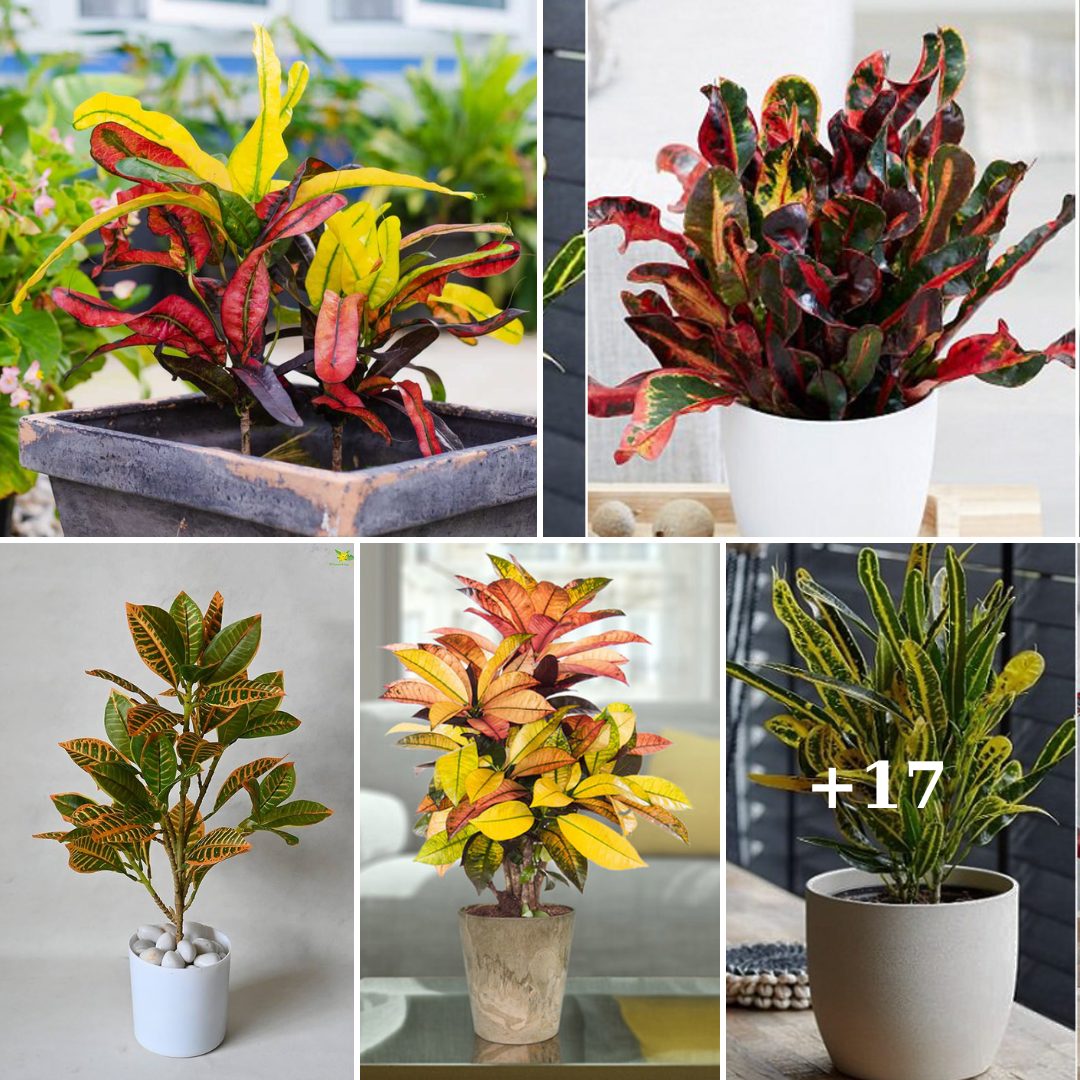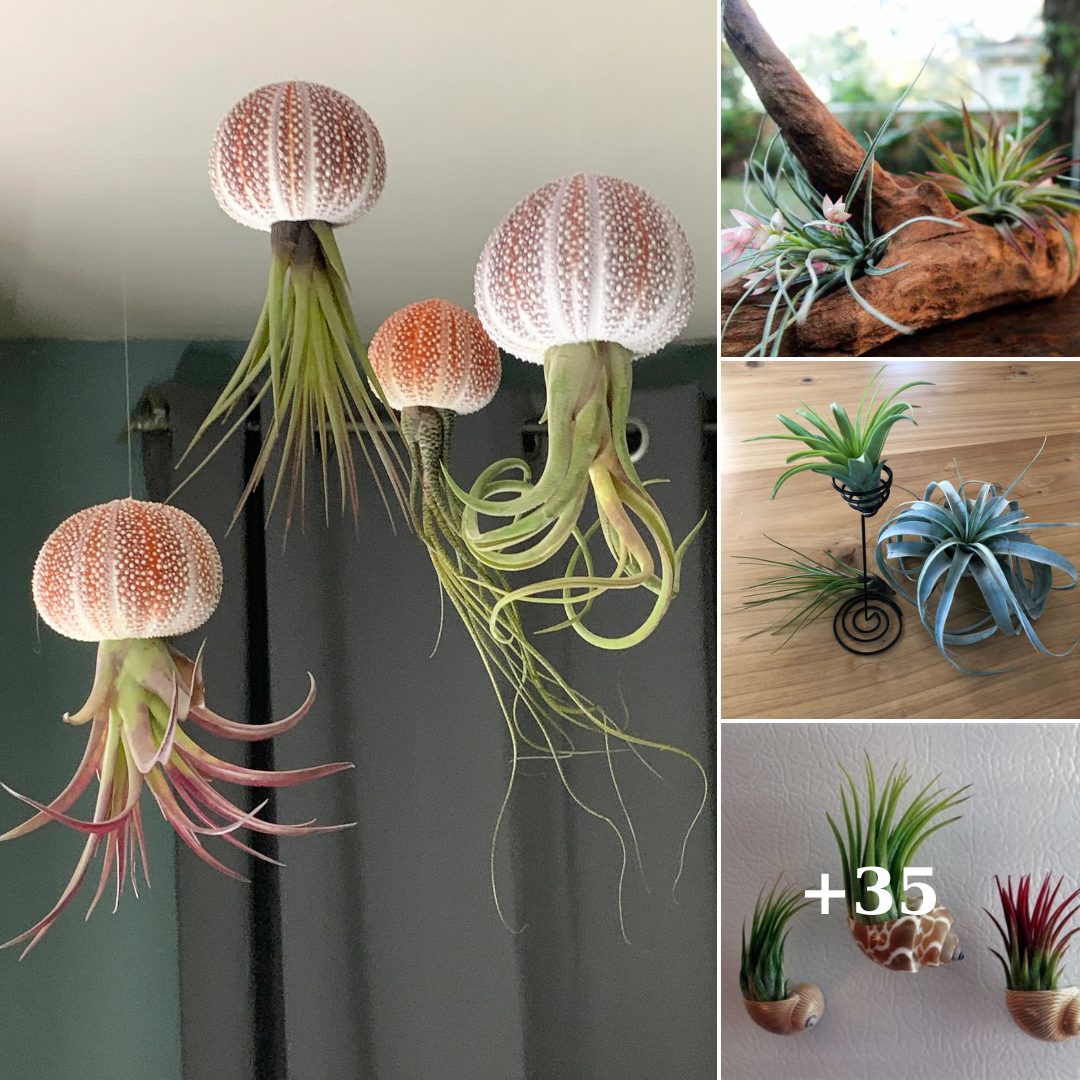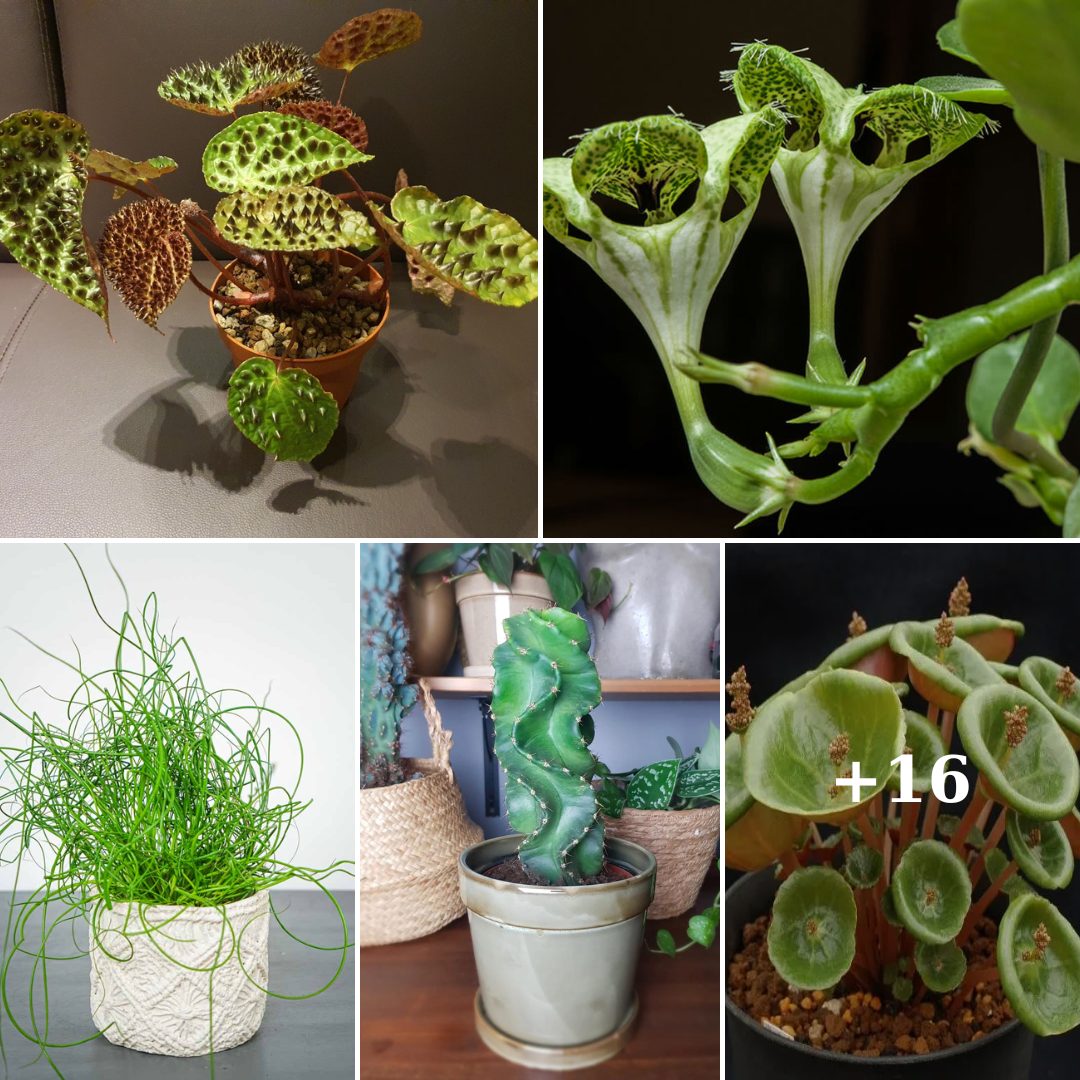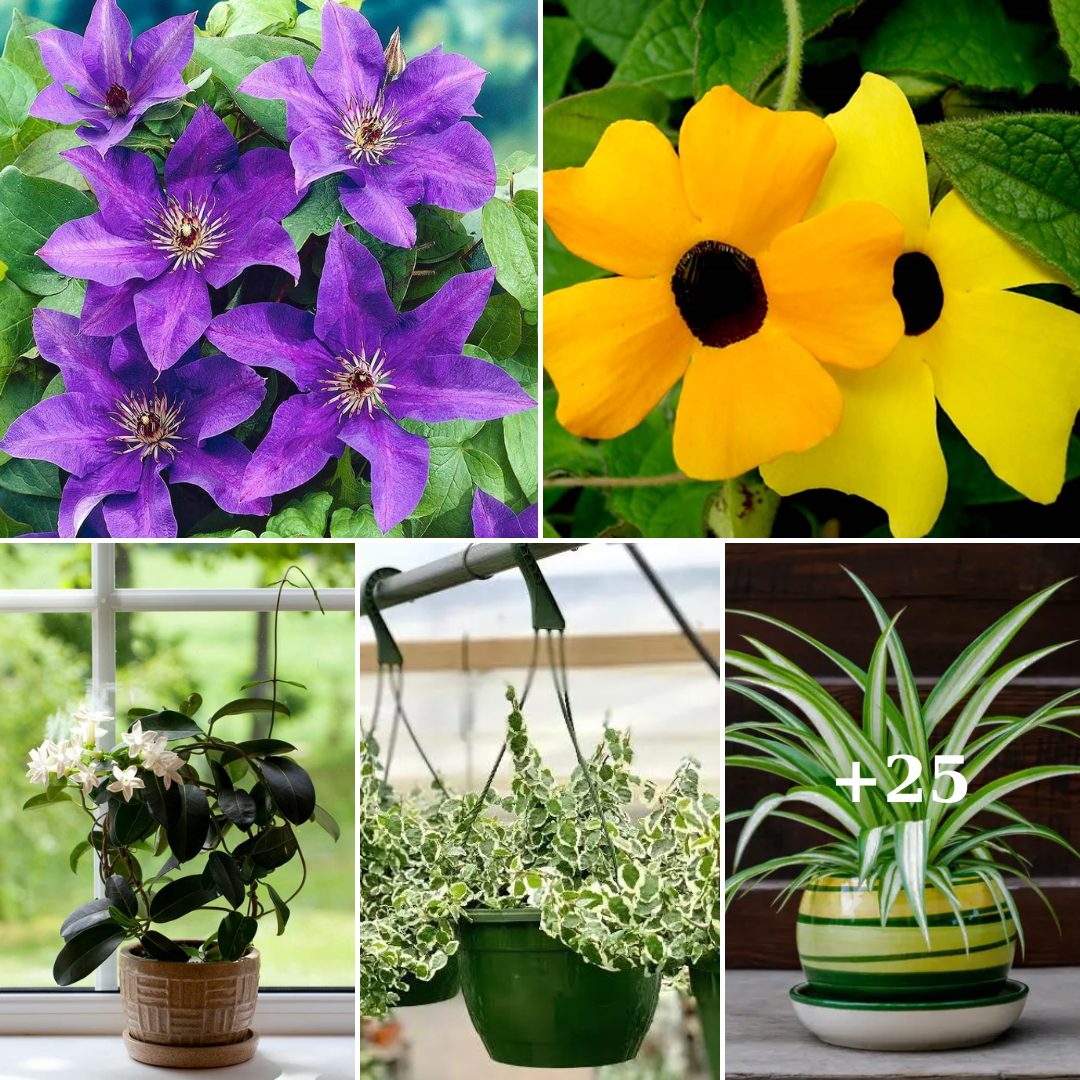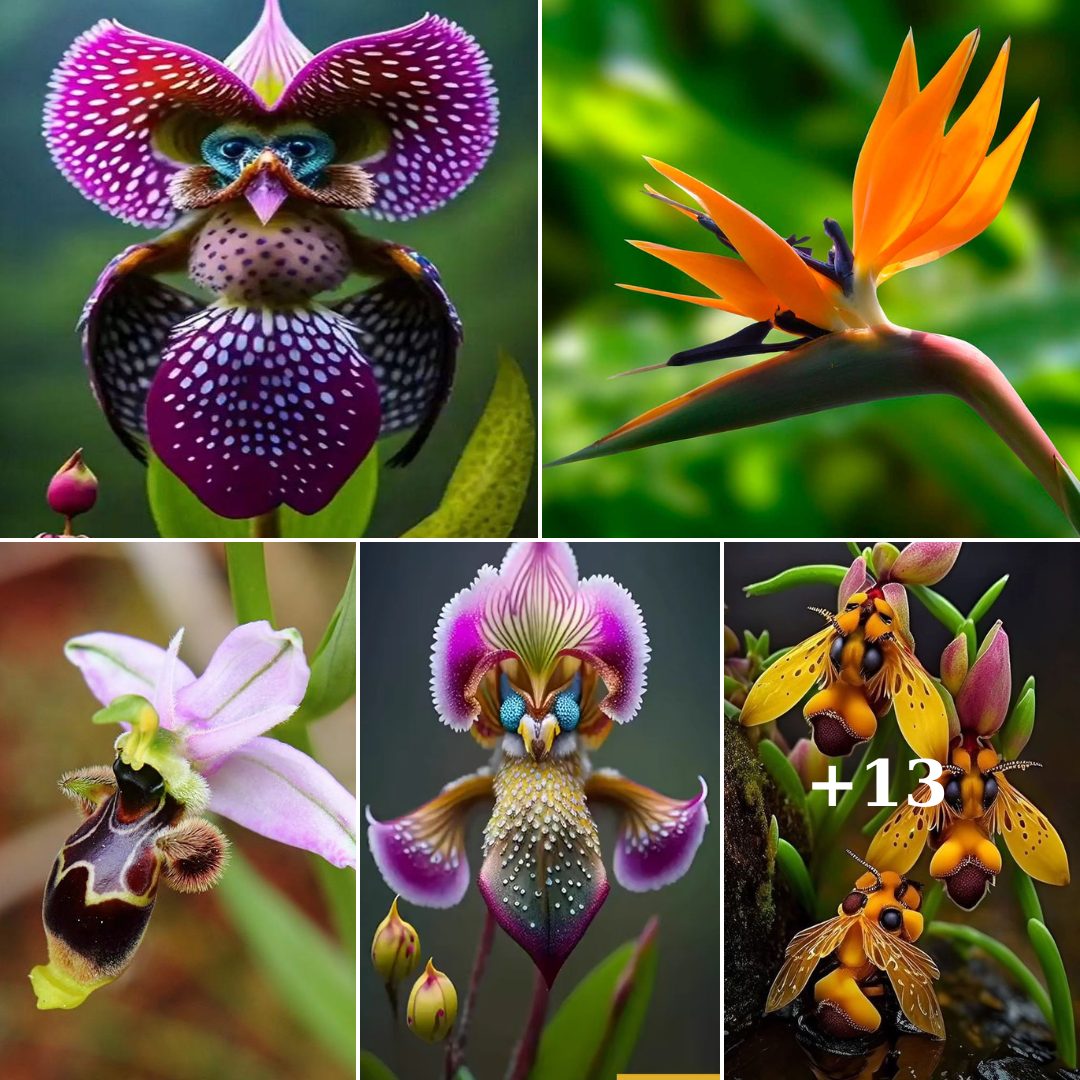If you are worried about indoor air pollution and want to take care of your health, then grow these Houseplants for Healthy Lungs.
In times of this pandemic, it is imperative that you take good care of your health, especially the respiratory system. Exposure to Volatile Organic Compounds (which are 10 times higher indoors than outdoors), Particulate Matter, Polluting Gases like Nitrogen Oxide and Radon, and Contaminants like Asbestos are commonly found inside homes.
Long exposure to these causes many respiratory issues, lung cancer, and even premature death. If you want to stay away from such troubles, then keep reading this article.
Why is This Serious?
- According to WHO, around 4 million people in the world die due to indoor air pollution prematurely.
- According to the official environment protection website of the United States government–VOCs are 10 times higher indoors than outdoors.
- Shockingly, 50% of pneumonia deaths in children under 5 are due to indoor air pollution.
- EPA estimates that 1 out of every 15 American homes has higher Radon levels. Radon is a radioactive gas that causes severe lung problems like lung cancer.
Why You Must Take Care of Your Lungs More?
Generally, people don’t give much attention to lung health, but due to the covid outbreak, things have changed, and now we are more concerned about taking care of our lungs to keep them safe from any possible chances of infection.
As this recent outbreak has forced people to work from home, more and more are spending close to 70-80% of their time indoors, which makes them exposed to the indoor air pollutants, commonly found in most homes, which over a long period of time can cause oxidative stress and decreased lung function. Plenty of air circulation and plants are important in homes today for a healthy lifestyle and lungs.
Houseplants for Healthy Lungs
1. Air Plant
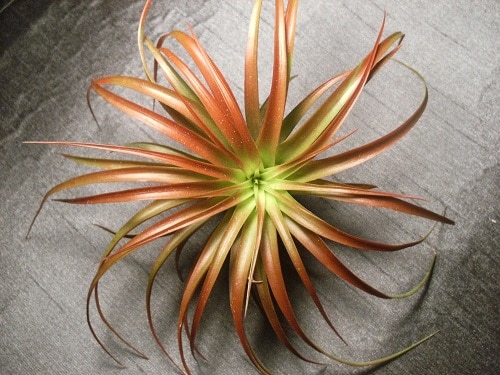
Botanical Name: Tillandsia
How Many Plants in a Room: No Information
According to this Chinese study, air plants, more specifically–Tillandsia brachycaulos, can reduce natural radioactive gas Radon. World Health Organization’s data shows that this gas is found in higher concentrations indoors than outdoors.
Surprisingly, radon develops 15% of lung cancer worldwide, the second leading cause after cigarette smoking in the United States.
2. Snake Plant
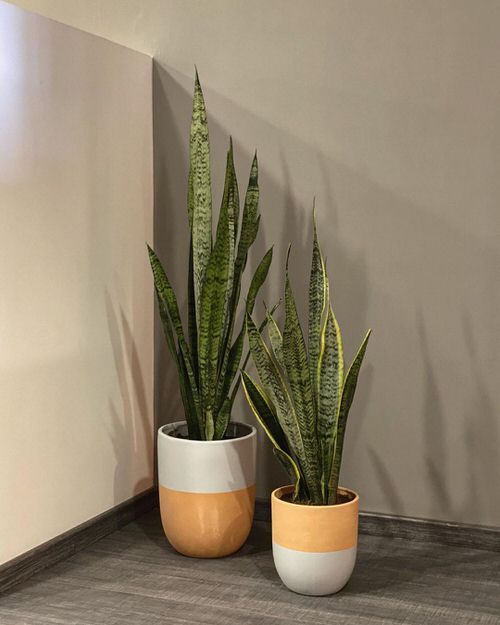
mola_mx
Botanical Name: Sansevieria trifasciata
How Many Plants in a Room: 2 or 3 plants for every 100 square feet
It is proven in this study that Snake plants are one of the most oxygen-producing houseplants. A study at Naresuan University, Phitsanulok, Thailand, validates that sansevieria can absorb CO2 at 0.49 ppm/m3 in a closed system.
Most importantly, this CAM plant can absorb CO2 at night as well, which is good for your lung health.
3. Spider Plant
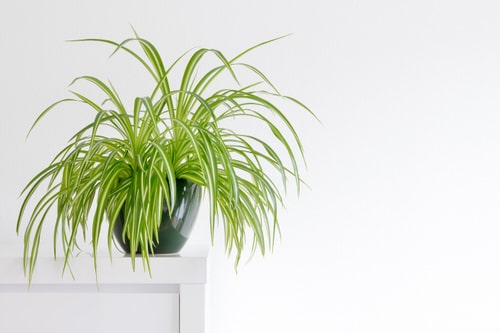
Botanical Name: Chlorophytum comosum
How Many Plants in a Room: Grow 5-6 hanging baskets in a balcony or room
Spider plants are great in refining indoor air quality as they produce more chlorophyll compared to other houseplants, which means more oxygen. According to the NASA Clean Air Study, spider plant also removes formaldehyde, xylene, toluene, and carbon monoxide that are the main sources of indoor air pollution.
According to Bill Wolverton, a former NASA research scientist, spider plants can clear more than 95 percent of toxic agents that can cause respiratory ailments.
4. Pothos
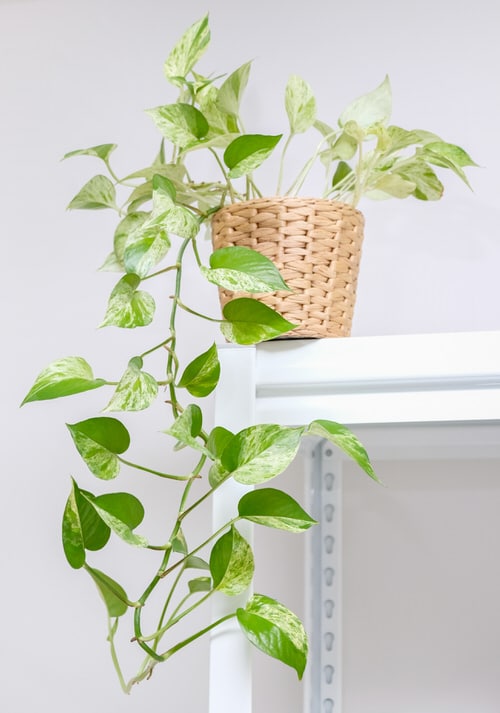
M88/Shutterstock
Botanical Name: Epipremnum aureum
How Many Plants in a Room: One well-grown pothos vine of about 5-10 feet is enough per 100 square feet of a bedroom
This amazing air-purifying houseplant has a direct positive impact on the respiratory system. According to this Malaysian Study and this research executed on pothos, snake plant, and spider plant: They sum up that these plants can absorb ozone that impairs lung functions. If you want to know more about pothos benefits, click here!
5. Areca Palm

Aquarius Studio/Shutterstock
Botanical Name: Dypsis lutescens
How Many Plants in a Room: 2 areca palm in 100 square feet
Plants with more surface area of leaves can produce more oxygen. Two areca palms in 100 square feet area can encourage the oxygen level indoors by quite a lot of margin.
Areca palm has the highest transpiration rates–A healthy plant of 5-6 feet can emit up to 1 quart (946.35 ml) of water vapor in the air every 24 hours, making you breathe easy and healthy.
This Nasa-approved plant also eliminates xylene, toluene, and formaldehyde from the air.
6. Aloe Vera
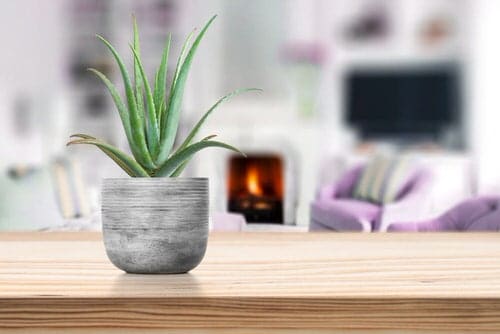
Botanical Name: Aloe barbadensis miller
How Many Plants in a Room: 3 to 6 plants in 100 square feet area
Aloe vera has innumerable benefits that range from medicine to beauty to skincare. This low-maintenance houseplant boosts immunity and treats asthma conditions.
It also aids in improving your lung health by eliminating formaldehyde and benzene from the air discharged by paints and chemical-based cleaners.
7. English Ivy
Botanical Name: Hedera helix
How Many Plants in a Room: One pot is sufficient if the vine is grown large enough to cover a wall.
You can reduce the risk of lung ailments by growing English ivy indoors. According to the University of Sydney, Australia, the extract of hedera helix is effective against cough and viral respiratory infections as it has antispasmodic and antiallergic properties.
English ivy can also reduce respiratory tract infections, and keeping it indoors is helpful in asthma, allergies, and bronchitis.
According to the research presented by the American College of Allergy, Asthma & Immunology, English ivy is effective in eliminating airborne mold spores that can cause severe respiratory issues.
8. Rubber Plant
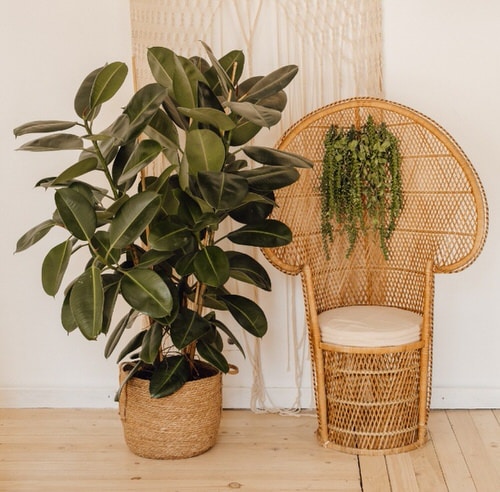
Botanical Name: Ficus elastica
How Many Plants in a Room: 2 plants in 100 square feet
Rubber plants were part of the NASA Clean Air Study, where they proved to remove VOCs, formaldehyde, carbon monoxide, and carbon dioxide from the surrounding air, which are harmful to lung health.
This research shows that the rubber plant is also effective in eliminating acetaldehyde, which is also a biomarker for acute respiratory distress syndrome (ARDS) that attacks the lungs. In severe cases, it results in breathing problems and allows fluid to leak into the lungs.
According to this Indian Study, rubber plants are also effective in reducing lung impairment, respiratory issues, and asthma problems.
Note: Air-purifying plants are potent in reducing respiratory ailments up to 30-36 percent and reduce 10-12 percent lung impairment.
9. Peace Lily

beardsanddaisies
Botanical Name: Spathiphyllum wallisii
How Many Plants in a Room: 2 plants in 100 square feet
Peace lily is great in reducing the chances of many lung and respiratory issues. According to this Japanese study, the peace lily is as effective as golden pothos in absorbing VOCs.
It also absorbs acetone that can cause low blood pressure, fatigue, and slurred speech.
10. Bamboo Palm

Botanical Name: Chamaedorea seifrizii
How Many Plants in a Room: 2 plants in 100 square feet
According to this study at Paharpur Business Center and Software Technology Incubator Park, New Delhi, it was discovered that indoor plants like bamboo palm, ficus Alii, and Rhapis palm can absorb Co2, VOCs, and harmful gases from the air, which can directly or indirectly affect lung health.
Other Things You Can Do
Indoor air pollution is a serious issue, and if you’ve realized this, you can take other measures as well, apart from growing more houseplants:
- The most important is improving ventilation. Good natural ventilation can reduce contaminants from indoor air, which improves air quality.
- You can take the help of air cleaners and purifiers. They are not really expensive and are found effective against the removal of particulate matter.

